Around a hundred Palestinians defied bad weather on March 30th and gathered near the illegal settlement and army base of Beit El in Ramallah to mark Land Day.
Land Day is a yearly event during which Palestinians commemorate the Israeli government’s confiscation of thousands of dunums of land from Palestinian citizens of Israel in 1976, and the killing of six Palestinians in the protests that followed.
This year, protesters also came out in support of Gaza and to mark the one-year anniversary of the Great March of Return. The series of marches and protests started one year ago to protest the blockade and demand the Palestinian right of return, to which Israeli soldiers have responded with lethal force.

(Photo: Annelies Keuleers)

The United Nations recently released statistics stating that the Israeli army has killed 195 Palestinians since March 30 2018, 41 of which were children. A little short of 29,000 Palestinians were wounded, 25% of them with live fire. One Israeli soldier was killed and 50 Israelis were reported injured by Palestinian actions in the same period.
Protesters in Ramallah told Mondoweiss they were there to defend their homeland. They also expressed their support for the marches in Gaza. “We are one people. They are us and we are them,” one masked youth said who preferred not to give his name.
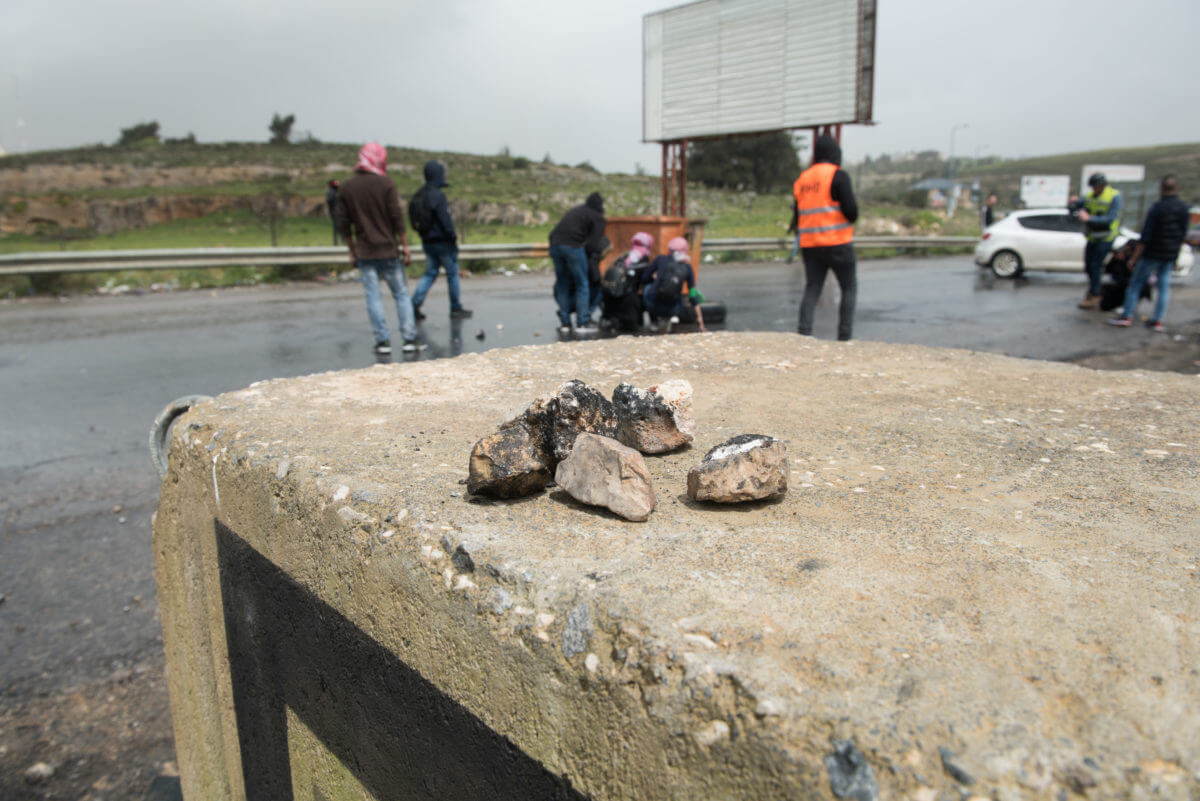
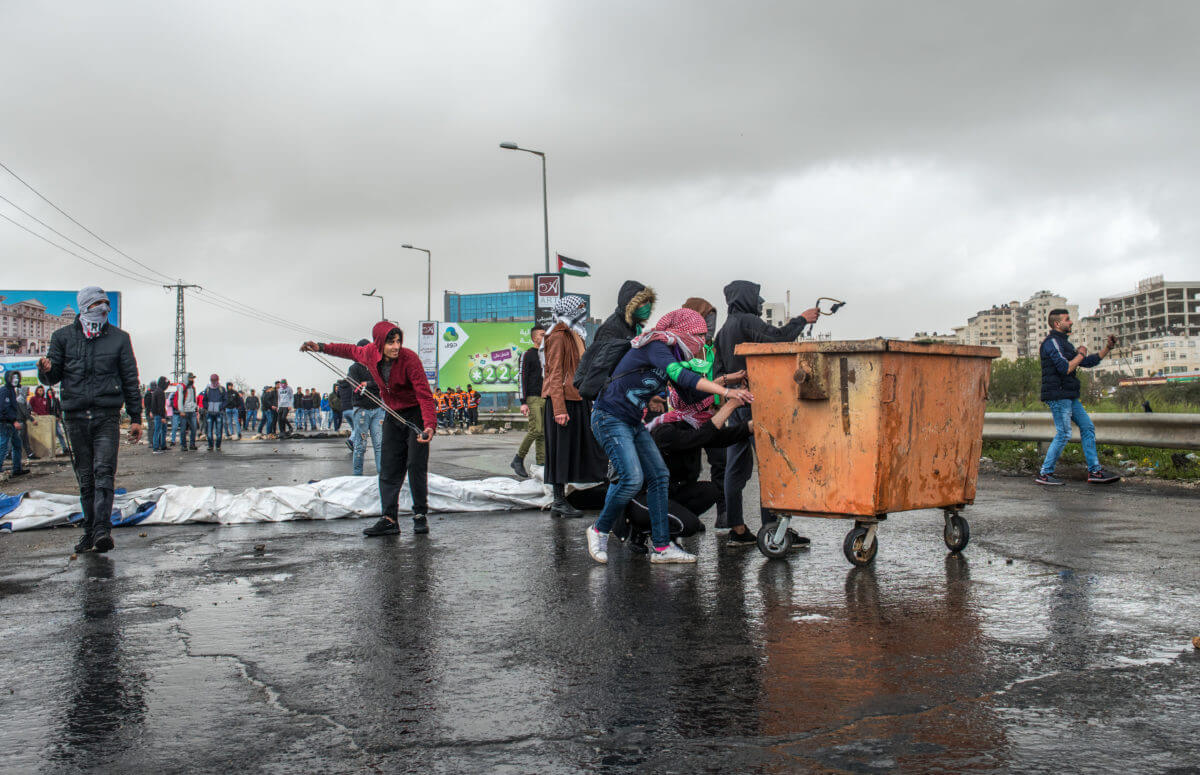

The Israeli army used tear gas, sound grenades, and live bullets against protesters. They also deployed skunk water, a foul smelling liquid sprayed from a water canon, to disperse protesters. The smell lingered in the area for hours after the clashes ended.

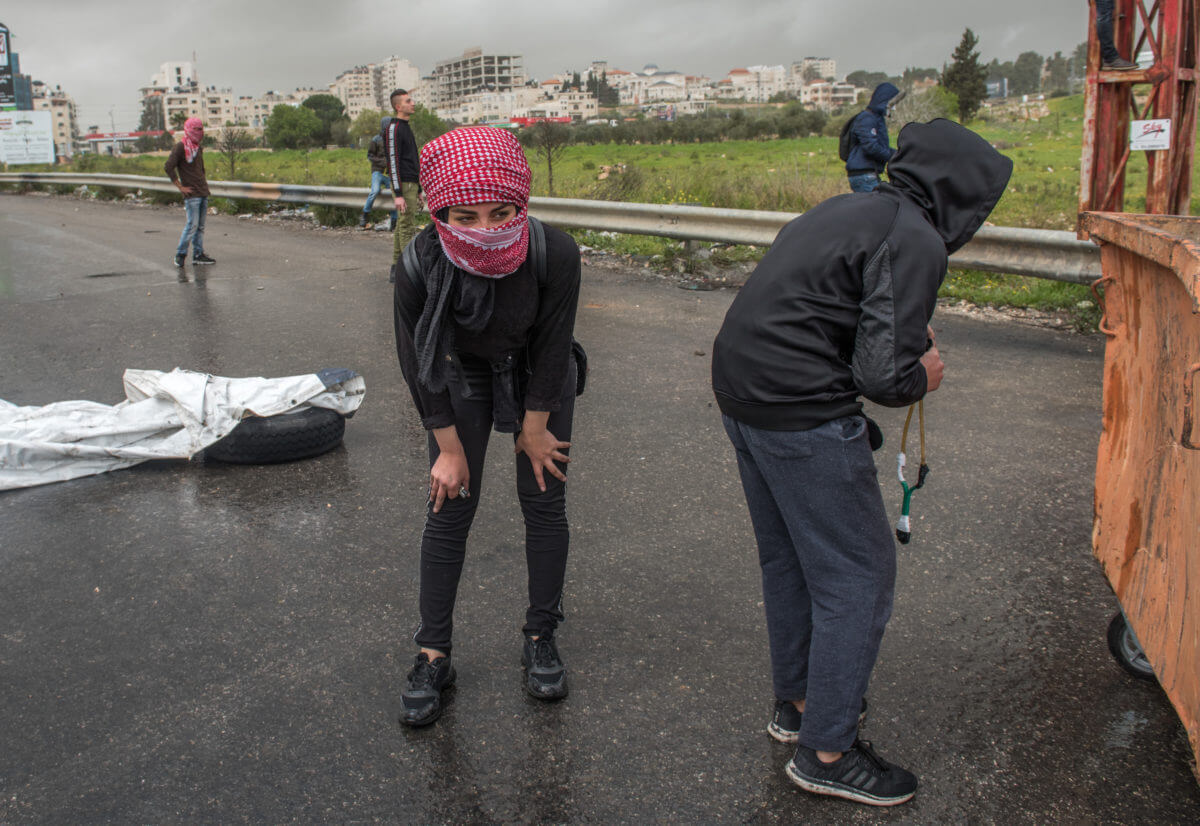
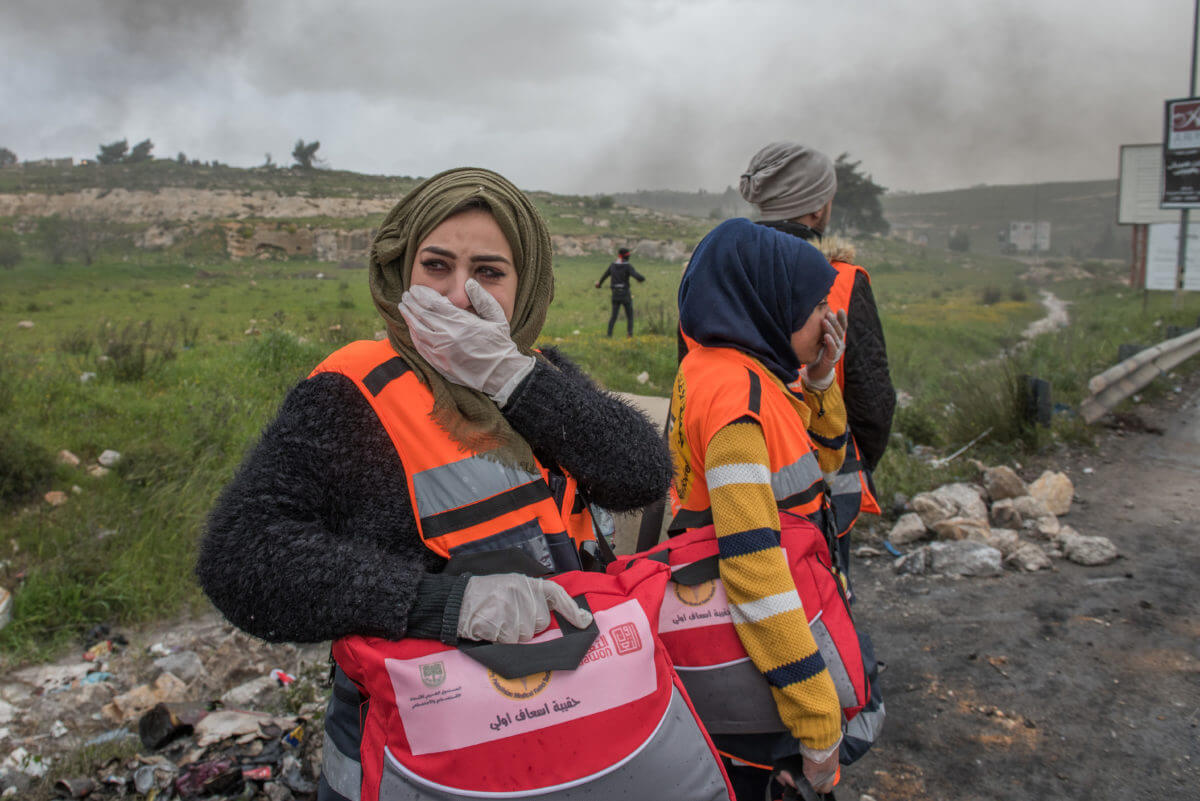
Other protests took place in different locations in the West Bank; Huwwara checkpoint near Nablus, Nabi Saleh, Hebron, and the Jabal Mukabir neighborhood of occupied East Jerusalem. One person in Nablus was injured in the face by a tear gas canister.
The Gaza health ministry reported that three were killed in Gaza, including a 17-year-old, and 316 Palestinians were wounded.
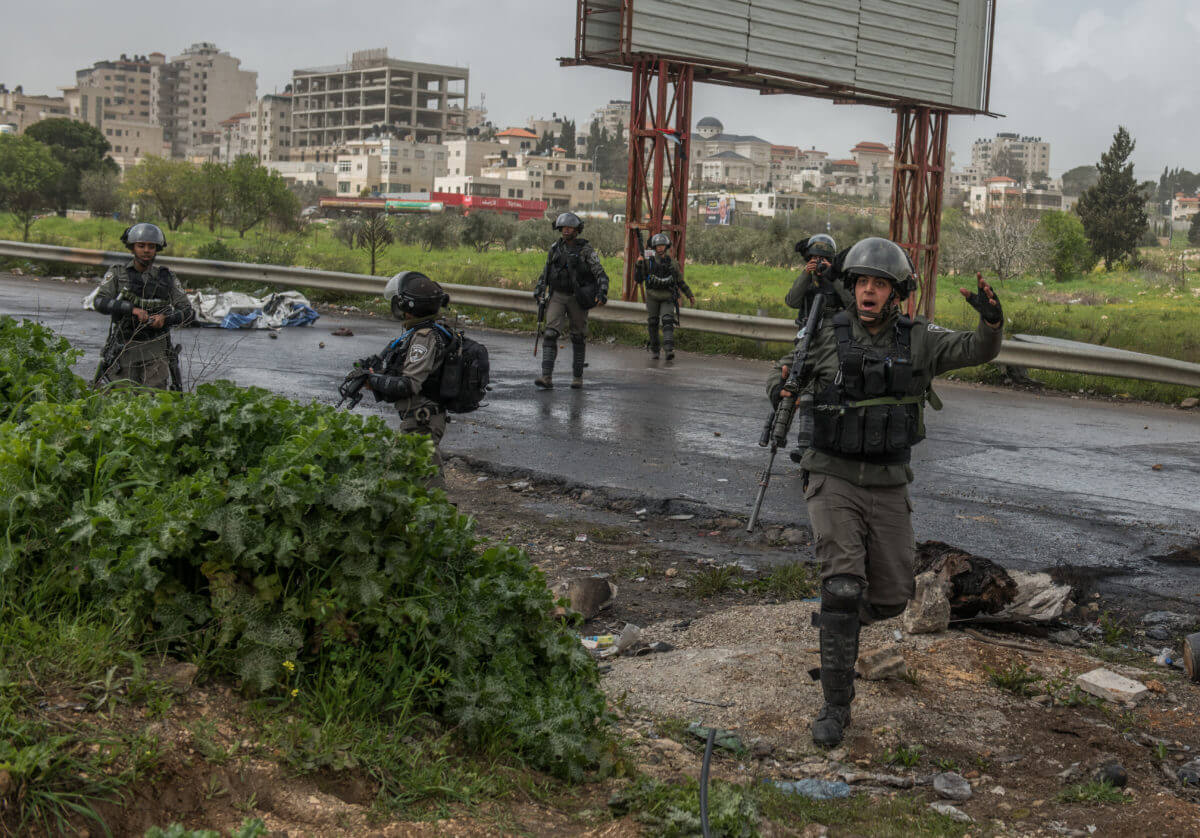
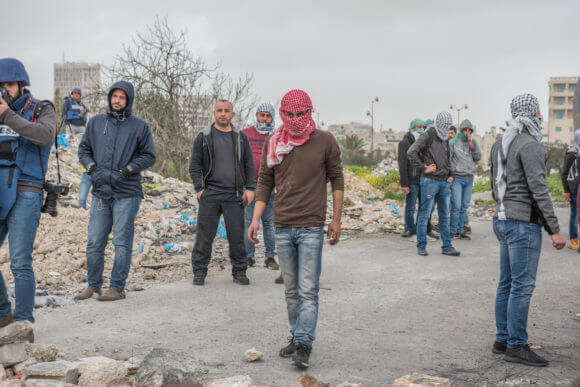


Speaking of stolen-land and whose-land and magically-“Israeli” land, I looked at the nytimes.com op-ed page just now and there’s the latest groan-inducing story by loathsome Bari Weiss. The headline is “Can an Archaeological Dig Change the Future of Jerusalem?” and obviously the implication is that the dig will “prove” that “it’s all our, our, ours!”
But what gets to me is the subheading “The City of David is being unearthed on land that much of the world does not believe belongs to Israel.” Completely apart from the sneering tone about “much of the world” and what that “much of the world” “does not believe”–that benighted much of the world “believes,” while Bari Weiss and the New York Times *know* — there is that cockamamie reference to the “City Of David.” (The “o” in “of” should be capitalized, to my mind.)
Right, some archeological dig is going to “prove” and “show” things about some utterly mythical figure from ancient books of legend, myth, and magic.
If people want to claim that archeology will prove an ancient Jewish presence that they believe will somehow back up their claims as Europeans who have some belief in their magical ownership of an area in the Middle East, and their magical racial superiority to the actual Jews of the Bible, and the Jewish, Muslim, and Christian descendants of those Jews of the Bible, fine. Be the racists that you are.
But when you start spouting drivel about some made-up king, that is some crackpot garbage you’ve got going for you, Ms. Bari Weiss.
what awesome photographs. thank you Annelies Keuleers. i liked visiting your instagram too for photos and your commentary
Al Jazeera new documentary about Jerusalem
Jerusalem: A Rock and a Hard Place – P1(Israel, Trump & future of Jerusalem)
https://www.youtube.com/watch?v=WnhlubuhC5E
” So, it turned out that David was a real person”
And here is the definitive proof all captured on camera:
https://www.youtube.com/watch?v=_VCHO50wOE0
I do think that the royal house of Judah around 850 was known to some as the House of David. That is a long way, of course, from proving the Deuteronomist account of the United Monarchy, which underlies the view of history rather strongly advocated by Zionist historiography, which overlooks the complex interplay between history and theology which has produced the received Biblical narrative. Haaretz has a long and quite fair article by Ariel Gold, March 27, on this topic. I could wish the likes of Nathan would look further into this matter.